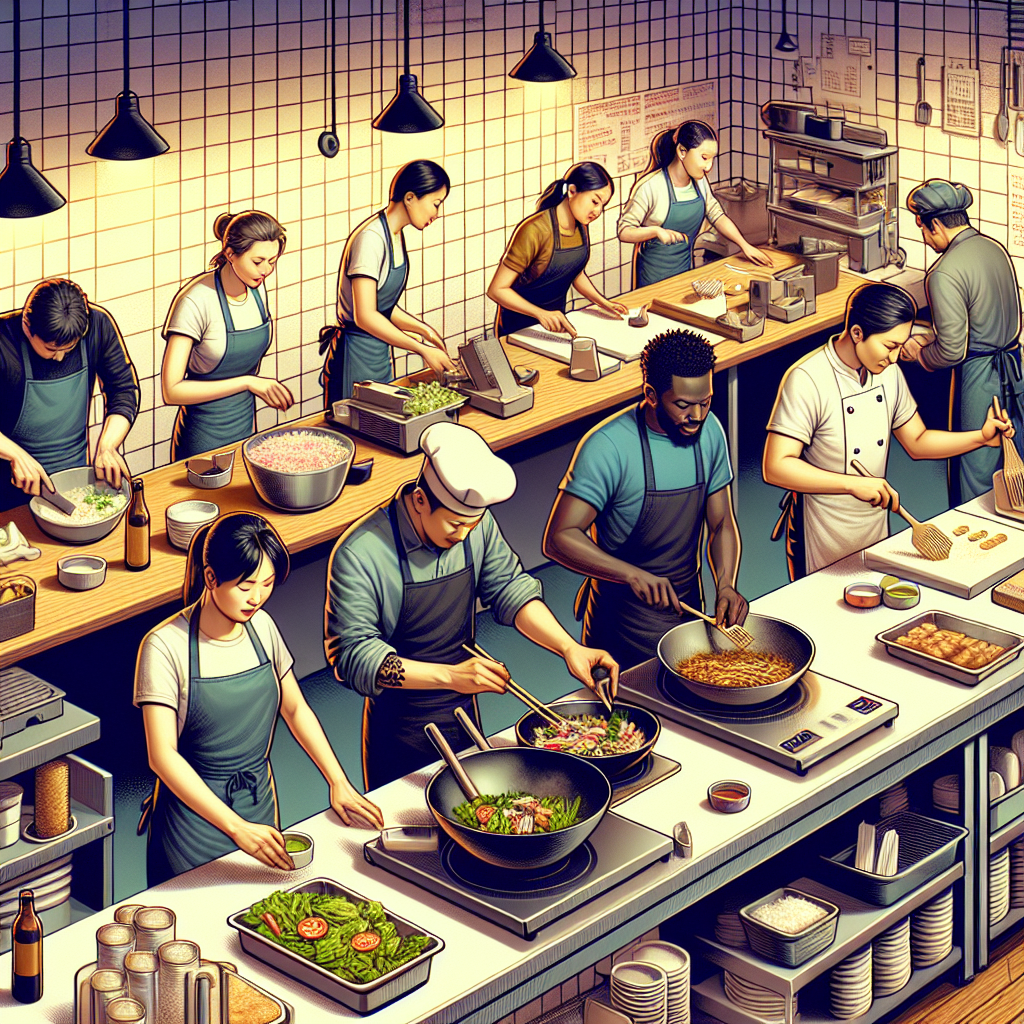The State of Food Waste in the Restaurant Industry
Food waste is a significant issue in the restaurant industry, with around 40% of food in the United States going to waste each year. This not only has a negative impact on the environment but also on the bottom line of restaurants. In response to this issue, many restaurants are innovating to combat food waste and become more sustainable.
Financial Impact of Food Waste
Food waste can have a significant financial impact on restaurants. According to the Food Waste Reduction Alliance, restaurants in the U.S. lose around $162 billion each year due to food waste. This includes the cost of purchasing food that is ultimately thrown away, as well as the labor and energy costs associated with handling and disposing of food waste.
Market Share of Sustainable Restaurants
As consumer awareness of environmental issues grows, there is an increasing demand for sustainable practices in the restaurant industry. Restaurants that prioritize sustainability and combat food waste are gaining market share. According to a report by Technomic, 72% of consumers say they are more likely to visit a restaurant that actively tries to reduce food waste.
Innovations in Food Waste Reduction
Restaurants are implementing various innovations to combat food waste and become more sustainable. These innovations range from menu planning and portion control to recycling and composting programs.
Menu Planning and Portion Control
One of the most effective ways restaurants are reducing food waste is through better menu planning and portion control. By analyzing sales data and customer preferences, restaurants can adjust their menus to reduce waste. They can also implement portion control measures to ensure that customers are served the right amount of food.
For example, a restaurant may offer smaller portion sizes or encourage customers to take home leftovers in reusable containers. By doing so, restaurants can reduce the amount of food that ends up in the trash.
Recycling and Composting Programs
Another popular innovation among restaurants is the implementation of recycling and composting programs. By separating food scraps, paper, plastic, and other recyclables, restaurants can divert a significant amount of waste from landfills.
For example, some restaurants partner with local composting facilities to turn food scraps into nutrient-rich soil. Others work with recycling companies to ensure that materials like glass and plastic are properly recycled.
Case Studies of Innovative Restaurants
Several restaurants have been at the forefront of combating food waste and implementing sustainable practices. These establishments serve as examples of how innovation can lead to a more sustainable future for the restaurant industry.
Restaurant A
Restaurant A, located in New York City, has implemented a zero-waste policy in its kitchen. By closely monitoring inventory and portion sizes, the restaurant has significantly reduced its food waste. They also work with local farmers to compost food scraps and use sustainable packaging materials.
As a result of these efforts, Restaurant A has seen an increase in customer loyalty and positive reviews. They have also saved money on food costs and waste disposal fees.
Restaurant B
Restaurant B, based in San Francisco, has taken a different approach to combatting food waste. They have partnered with a food rescue organization to donate excess food to those in need. This not only reduces waste but also helps address food insecurity in the community.
In addition to their food donation program, Restaurant B has implemented a composting program and switched to biodegradable packaging materials. These efforts have helped them attract environmentally-conscious customers and differentiate themselves in a competitive market.
Future Plans for Sustainable Restaurants
Looking ahead, sustainable restaurants are expected to continue innovating to combat food waste and reduce their environmental impact. Some future trends in this area include the use of technology to track waste, the adoption of circular economy principles, and increased collaboration among restaurants to share best practices.
Technology to Track Waste
Many restaurants are turning to technology to better track and manage their food waste. This includes using software to monitor inventory levels, analyze sales data, and identify areas where waste can be reduced. By leveraging technology, restaurants can make more informed decisions and optimize their operations for sustainability.
Circular Economy Principles
The concept of a circular economy, where resources are reused and recycled rather than disposed of, is gaining traction in the restaurant industry. Restaurants are looking for ways to minimize waste and maximize the use of resources. This includes finding innovative ways to repurpose food scraps, packaging materials, and other resources.
Collaboration Among Restaurants
In an effort to drive industry-wide change, many restaurants are collaborating with one another to share best practices and learn from each other’s successes. By working together, restaurants can create a network of support and knowledge-sharing that benefits the entire industry.
Conclusion
In conclusion, food waste is a significant issue in the restaurant industry, but many restaurants are taking innovative steps to combat it. By implementing menu planning and portion control measures, recycling and composting programs, and other sustainable practices, restaurants can reduce their environmental impact and save money. As consumer demand for sustainability grows, restaurants that prioritize food waste reduction are likely to gain market share and attract loyal customers. Looking ahead, the future of sustainable restaurants is bright, with ongoing innovations and collaborations driving positive change in the industry.



